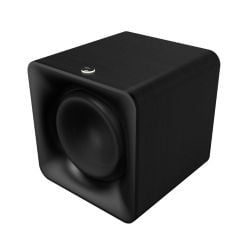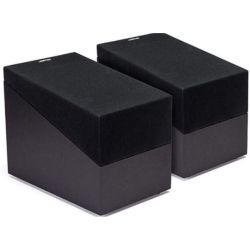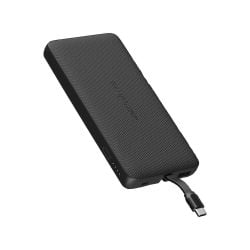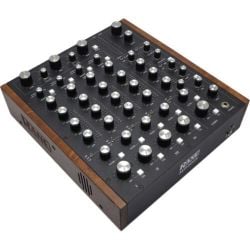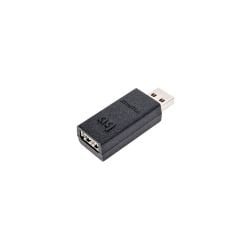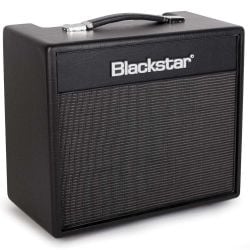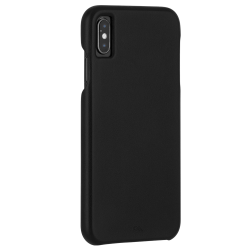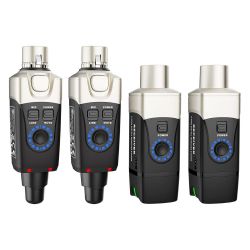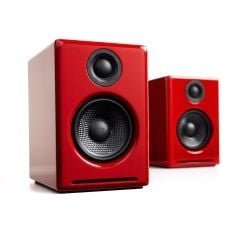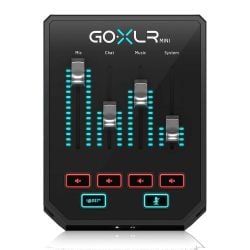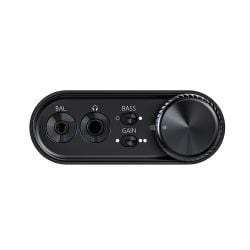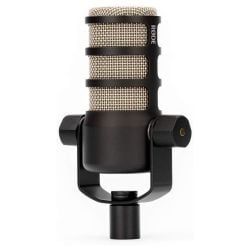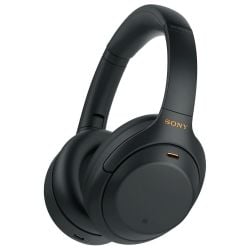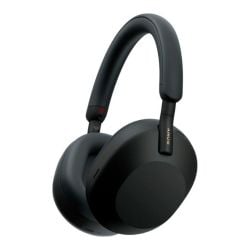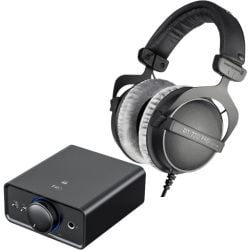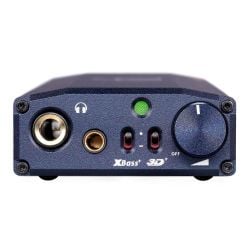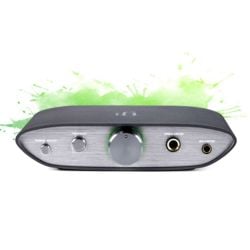معالج صوتي ومحول من رقمي إلى تناظري Audiolab M-DAC من اوديو لاب – أسود
المعالج والمحول الفائز بأربع جوائز Sound and Vision من موقع What Hi-Fi على التوالي، وهو ما يكشف ما ليس سراً وهو أن المعالج الصوتي Audiolab M-DAC هو الأفضل من بين كافة المعالجات الصوتية من حيث الصوت على الإطلاق. بالإضافة إلى مدخل USB مع معالجة البيانات غير المتوازنة، يتوفر في المحول أيضاً منفذين لكل فئة من فئتي منافذ Coaxial وOptical الرقمية، أما الإشارة الصوتية فيتم توفيرها من خلال مخارج RCA أحادية النهاية ومخارج XLR المتوازنة.
الخصائص:
- منفذ لسماعات الرأس
- مخارج XLR متوازنة
- مخارج Optical رقمية
المنتجات المقترحة
منتجات شاهدها عملاء آخرون
معاينة موقع سماعة تك
تفاصيل المُنتج
- الوصف العام: محول من رقمي إلى تناظري
- شريحة معالج الصوت: ESS Sabre32 9018
- الدقة: 32 بت
- أقصى معدل ترددات: 84.672 ميجا هيرتز
- المداخل الرقمية:
- 2 × 24 بت/192 كيلو هيرتز Coaxial
- 2 × 24 بت/96 كيلو هيرتز Toslink Optical
- 1 × 24 بت-96 كيلو هيرتز USB
- المخارج الرقمية:
- 1 × Coaxial
- 1 × Toslink Optical
- فولت الخرج RCA: 2.25 فولت RMS، 4.5 فولت RMS
- مجمل التشوه التوافقي: أقل من 0.002 بالمائة RCA – أقل من 0.0008 بالمائة XLR
- استجابة الترددات: 20 هيرتز إلى 20 كيلو هيرتز (+/- 0.2 ديسبل)
- النطاق الديناميكي: أعلى من 115 ديسبل RCA – أعلى من 122 ديسبل XLR
- Crosstalk: أقل من -120 ديسبل RCA – أقل من -130 ديسبل XLR
- الأبعاد: 252 × 250 × 59 مم
- اللون: أسود
- الكفالة: عام واحد
ماذا في العلبة
- معالج صوتي ومحول من رقمي إلى تناظري Audiolab M-DAC
- كابل الطاقة
- جهاز للتحكم عن بعد
- بطاريات
- دليل المستخدم
الفيديوهات
مواصفات المُصنع

4 In A Row
M-DAC has won What Hi-Fi? Sound And Vision awards 4 years in a row, this year winning best DAC £500-£700. Although M-DAC has a vast array of features including USB, optical, and coaxial digital inputs, it's winning feature without doubt its scintillating sound quality.
M-DAC Awards:
• 2011: What Hi-Fi? Sound And Vision - Product Of The Year • 2011: What Hi-Fi? Sound And Vision - 5* Award • 2012: Hi-Fi Choice - 5* Award • 2012: Hi-Fi Choice - Editors Choice • 2012: What Hi-Fi? Sound And Vision - Best Digital Headphone Amp • 2012: Hi-Fi News - Outstanding Product • 2013: Hi-Fi Choice - Group Test Winner • 2013: Hi-Fi Choice - 5 Globe Award • 2014: What Hi-Fi? Sound And Vision - Best DAC £500 - £700 • 2015: What Hi-Fi? Sound And Vision - 5* Recommended Laptop System (with Grado SR325E / Macbook Air)

Adaptable Hi-Res Performance
High-res 24-bit/192kHz music files can be played on the M-DAC via the coaxial input, while optical and USB inputs support 24-bit/96kHz data. While enjoying the high resolution audio via its digital inputs a wide choice of filters are available to optimise your listening experience for a variety of audio formats and personal preferences.
• Optimal Spectrum This filter implements sampling theory and is designed for near perfect technical response in the frequency domain.
• Optimal Transient This filter exhibits no ringing and the transient nature of the music is preserved. Although exhibiting ‘lesser’ performance in technical measurements, sound from this type of filter has a purity and ‘naturalness’ that more than compensates for the lack of technical specifications. There are three optimal transient folders which produce identical frequency and time domain response but the internal structure of the filter varies for subtle sonic nuances.
• Sharp Rolloff This filter typifies industrial standard characteristics (-6dB at 1/2 Fs with significant time-domain ringing) and is included here for comparison purposes.
• Slow Rolloff The slow rolloff starts rolling off at a lower frequency than the sharp rolloff but has a gentle rate of attenuation and significantly less ‘time domain ringing’
 BHD
BHD JOD
JOD KWD
KWD LBP
LBP OMR
OMR QAR
QAR SAR
SAR USD
USD








